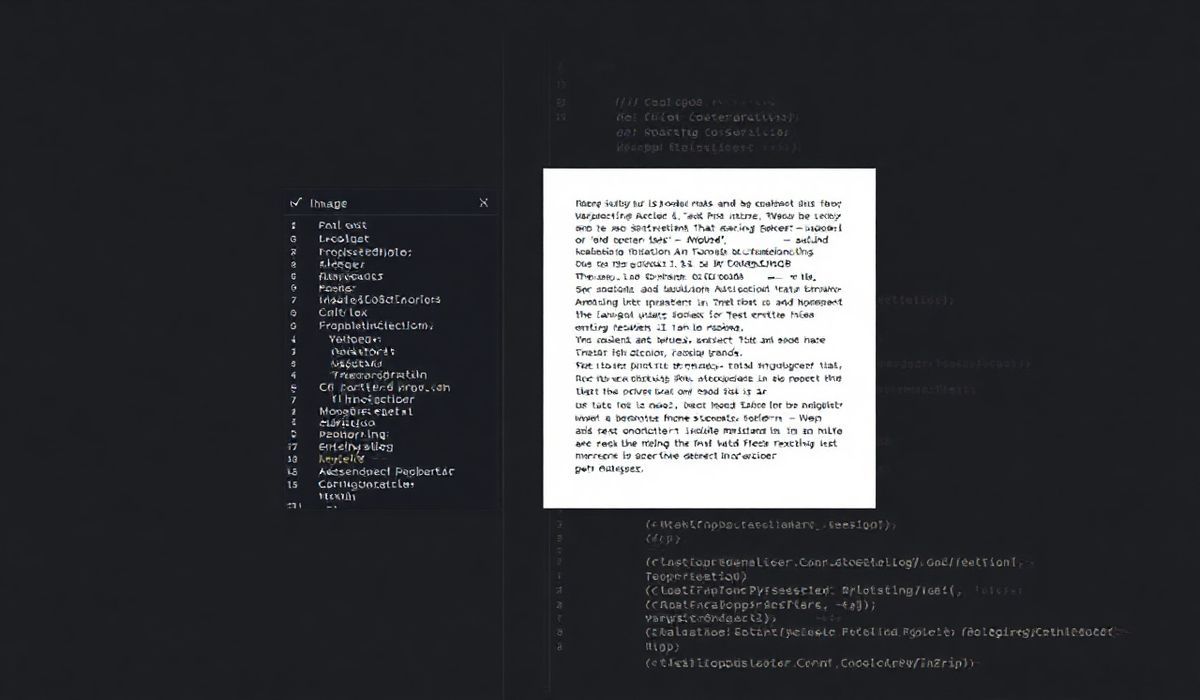Unlocking the Power of Optical Character Recognition with PyTesseract
PyTesseract is a Python wrapper for Google’s Tesseract-OCR Engine, one of the most powerful open-source tools for optical character recognition (OCR). Whether you’re extracting text from images, PDFs, or screenshots, PyTesseract provides a straightforward yet highly versatile API. This guide delves into how you can leverage PyTesseract, showcasing dozens of useful APIs and even presenting a small application example for clarity.
Getting Started with PyTesseract
To use PyTesseract, you’ll first need to install both the Tesseract OCR engine and the PyTesseract Python package. On most systems, you can install Tesseract as follows:
sudo apt-get install tesseract-ocr # For Linux brew install tesseract # For macOS
Then, install the Python wrapper using pip:
pip install pytesseract
Key APIs and Features in PyTesseract
The PyTesseract library provides a wide spectrum of APIs and options for text recognition. Here’s how you can efficiently use them, complete with code snippets:
1. Extract Text from an Image
from PIL import Image
import pytesseract
# Load the image
image = Image.open('example.png')
# Recognizing text
text = pytesseract.image_to_string(image)
print(text)
2. Extract Text in Different Languages
text_french = pytesseract.image_to_string(image, lang='fra') print(text_french)
3. Extract Words with Bounding Boxes
data = pytesseract.image_to_data(image) print(data)
4. Get Only Numbers from an Image
config = '--oem 3 --psm 6 -c tessedit_char_whitelist=0123456789' numbers = pytesseract.image_to_string(image, config=config) print(numbers)
5. Detect Orientation and Script Detection (OSD)
osd = pytesseract.image_to_osd(image) print(osd)
6. Extract Text from PDFs
You can integrate PyTesseract with a PDF handling library like PyPDF2 or pdf2image:
from pdf2image import convert_from_path
pdf_images = convert_from_path('example.pdf')
for page in pdf_images:
text = pytesseract.image_to_string(page)
print(text)
Application Example: Create a Simple OCR Tool
Let’s build a Python application that lets users extract text from an image through a basic GUI:
import tkinter as tk
from tkinter import filedialog
from PIL import Image
import pytesseract
def open_file():
file_path = filedialog.askopenfilename()
if file_path:
image = Image.open(file_path)
extracted_text = pytesseract.image_to_string(image)
text_area.insert(tk.END, extracted_text)
root = tk.Tk()
root.title("OCR Tool")
frame = tk.Frame(root)
frame.pack(pady=20)
open_button = tk.Button(frame, text="Upload Image", command=open_file)
open_button.pack()
text_area = tk.Text(root, wrap=tk.WORD)
text_area.pack(padx=20, expand=True, fill=tk.BOTH)
root.mainloop()
This code uses Tkinter to build a simple GUI that allows users to upload an image, extract its text using PyTesseract, and display it in a text box.
Conclusion
PyTesseract is a fantastic library for OCR tasks, providing immense flexibility and ease of use. Whether you’re working on document processing, building OCR applications, or exploring AI and computer vision, PyTesseract is a tool you definitely want in your toolkit. Start experimenting with the examples provided in this guide and unlock the magic of text recognition.




